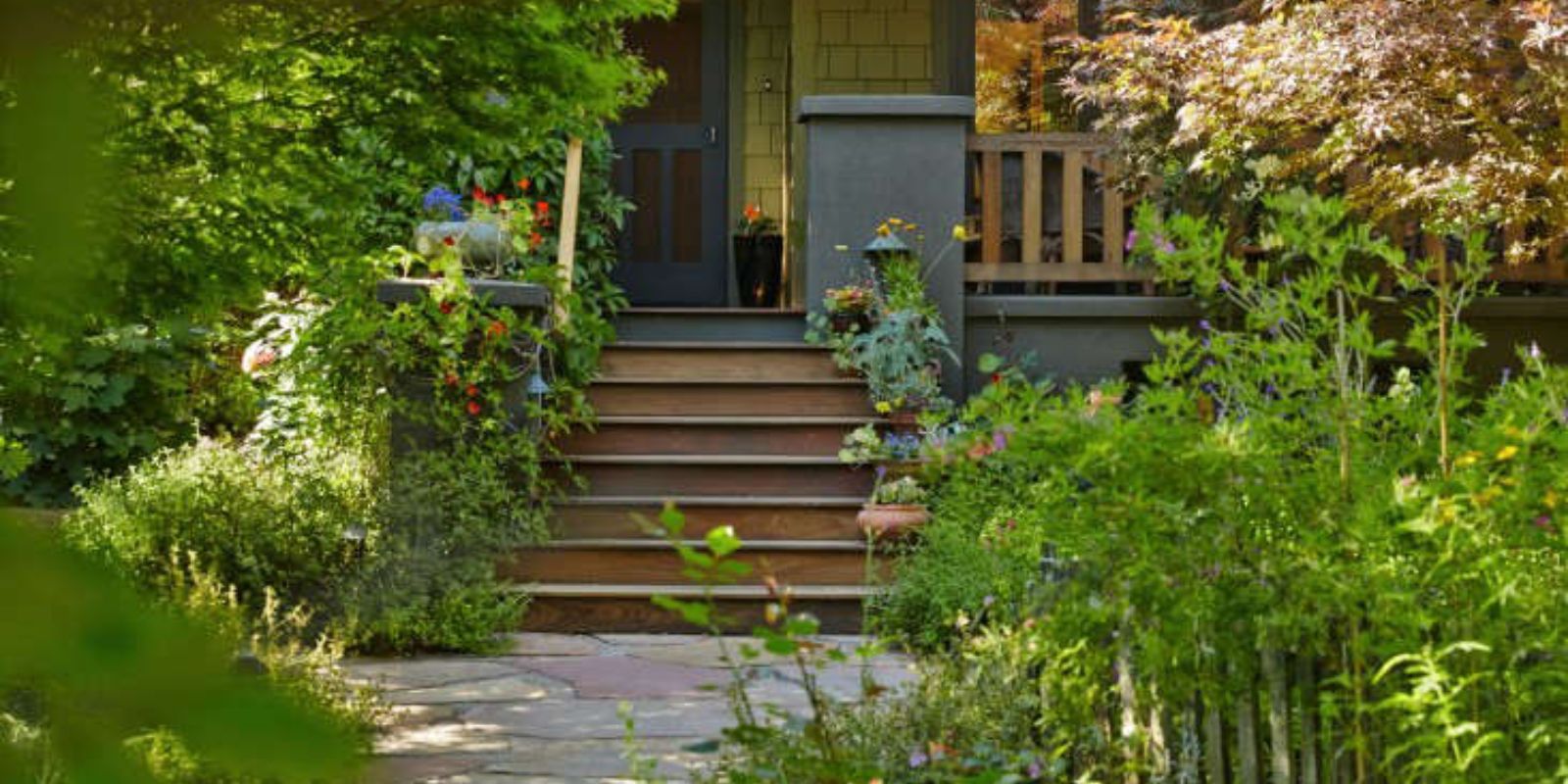In the world of gardening, where meticulous planning and constant upkeep are often the norms, ungardening presents a refreshing and liberating alternative. This approach, rooted in the philosophy of working with nature rather than against it, offers a unique way to cultivate a garden that is both beautiful and self-sustaining. If you’re tired of the traditional, labor-intensive methods of gardening and are curious about a more relaxed and natural approach, ungardening might be just what you need.
What is Ungardening?
Ungardening is a gardening philosophy that emphasizes minimal intervention, allowing nature to take its course and plants to grow in their own time and way. It contrasts sharply with conventional gardening methods that often involve extensive planning, regular maintenance, and continuous human intervention. Instead of imposing strict control over your garden, ungardening encourages letting plants establish themselves naturally and creating a more harmonious ecosystem.
The core principles of ungardening include:
- Minimal Interference: Reducing the amount of human intervention in the garden. This means less pruning, fewer chemicals, and minimal disturbance to the soil.
- Embracing Natural Processes: Allowing plants to self-seed, spread, and interact with their environment in a natural way.
- Fostering Biodiversity: Encouraging a diverse range of plants and animals to coexist and support each other in the garden.
Why Try Ungardening?
Ungardening offers several compelling benefits, making it an appealing option for both novice and experienced gardeners. Here are some reasons why you might consider giving ungardening a try:
1. Reduced Maintenance
One of the most significant advantages of ungardening is the reduction in maintenance requirements. Traditional gardening often involves tasks such as frequent weeding, pruning, fertilizing, and pest control. Ungardening, on the other hand, allows plants to grow with minimal interference. This can lead to a more relaxed gardening experience where you spend less time on upkeep and more time enjoying your garden.
2. Environmental Benefits
Ungardening aligns with sustainable and eco-friendly practices. By minimizing the use of synthetic fertilizers and pesticides, ungardening helps reduce environmental impact. It also promotes soil health through natural processes such as composting and organic matter decomposition. Additionally, by encouraging native plants and fostering biodiversity, ungardening supports local wildlife and contributes to a healthier ecosystem.
3. Natural Beauty
A garden that evolves naturally often exhibits a unique and organic beauty. Ungardening allows plants to grow in their natural forms, leading to a more authentic and diverse garden landscape. Instead of a highly controlled and uniform appearance, you’ll enjoy a garden that reflects the dynamic processes of nature. This can result in a more visually interesting and ecologically balanced garden.
4. Increased Resilience
Plants that are well-adapted to their environment and left to grow naturally are often more resilient to pests, diseases, and environmental stressors. Ungardening encourages the selection of hardy, native plants that thrive in local conditions. This can lead to a garden that requires less intervention and is better able to withstand challenges such as drought, pests, and soil erosion.
5. Connection to Nature
Ungardening fosters a deeper connection to the natural world. By observing how plants interact and evolve without constant human interference, you gain a greater appreciation for the intricacies of nature. This approach encourages a more mindful and observant gardening experience, where you learn from and adapt to the natural rhythms of your garden.
How to Practice Ungardening
If you’re interested in trying ungardening, here are some practical steps to help you get started:
1. Understand Your Environment
Begin by observing and understanding the natural conditions of your garden. Take note of the soil type, sunlight, water availability, and existing plant life. This will help you choose plants that are well-suited to your garden’s environment and reduce the need for additional care.
2. Select Suitable Plants
Choose native or well-adapted plants that thrive with minimal intervention. Native plants are particularly well-suited to local conditions and can help support local wildlife. Look for plants that are resilient and require less maintenance, such as drought-tolerant species or those that self-seed and spread naturally.
3. Prepare the Soil
Focus on building healthy soil through organic methods. Avoid extensive tilling or the use of synthetic chemicals. Instead, incorporate organic matter such as compost, leaf litter, or mulch to improve soil fertility and structure. Healthy soil supports plant growth and reduces the need for additional fertilizers.
4. Let Nature Lead
Allow plants to grow and evolve in their own time. Avoid frequent pruning or interventions and let plants self-seed and spread naturally. Embrace the natural processes of growth and decay, and observe how plants interact with each other and their environment.
5. Foster Biodiversity
Encourage a diverse range of plants and animals in your garden. Plant a variety of species to support different types of wildlife, such as insects, birds, and pollinators. Provide habitats such as nesting sites, water sources, and shelter to create a balanced and thriving ecosystem.
6. Observe and Enjoy
Take time to observe your garden and appreciate the natural processes at work. Notice how plants adapt and thrive in their environment and observe the interactions between different species. Enjoy the beauty of a garden that evolves organically and reflects the rhythms of nature.
Conclusion
Ungardening offers a refreshing and eco-friendly approach to gardening that emphasizes working with nature rather than imposing control. By reducing maintenance, supporting biodiversity, and embracing natural processes, ungardening can lead to a more resilient, beautiful, and sustainable garden. If you’re looking for a new way to experience gardening, consider giving ungardening a try and enjoy the rewards of a garden that flourishes with minimal intervention.
Call to Action
Have you tried ungardening or are you considering it? Share your experiences, thoughts, or questions about this natural gardening approach in the comments below, and let’s explore how ungardening can transform our gardens together!

